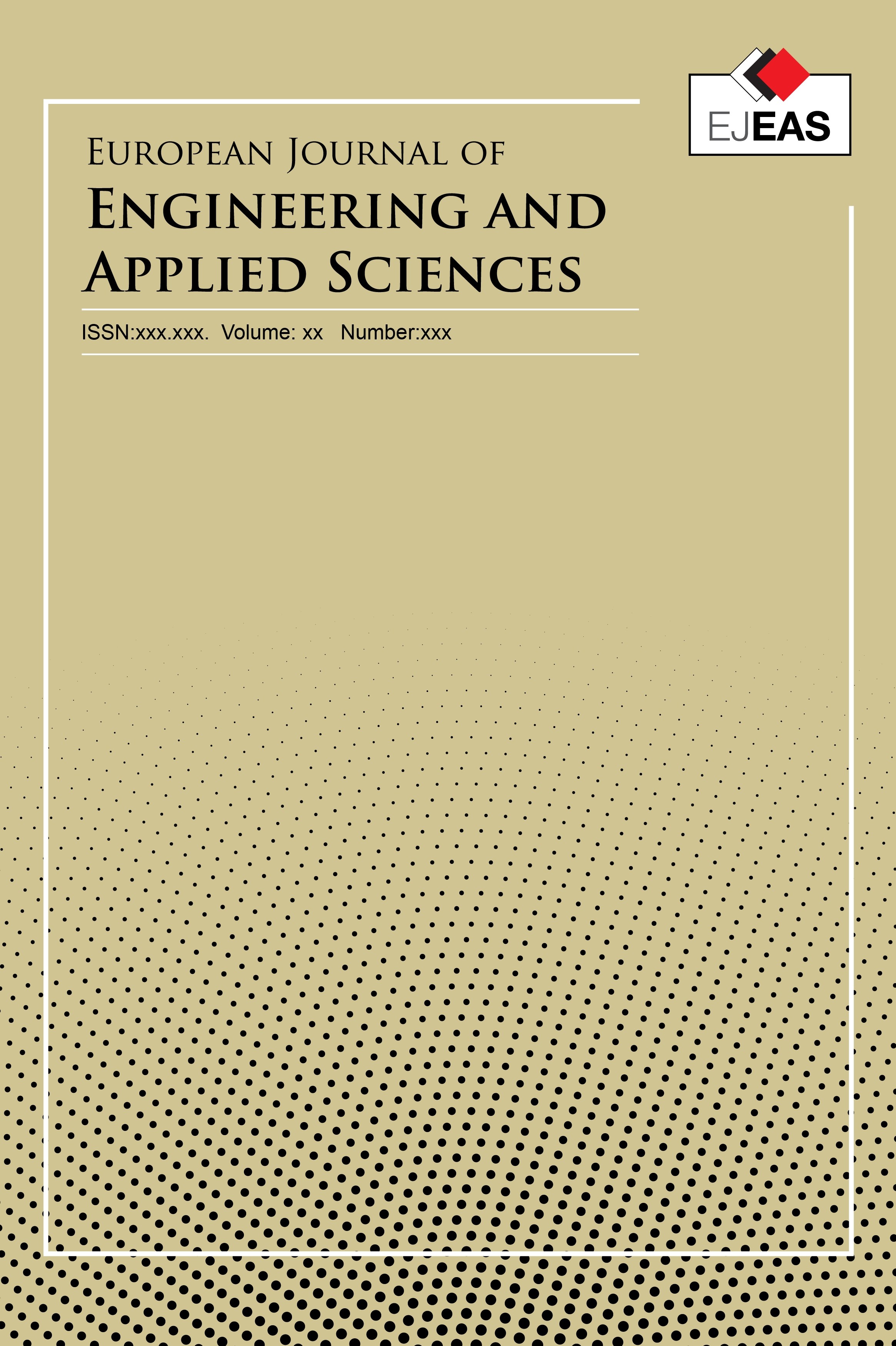Fire-off’un Pamuk ve Pamuk/Polyester Kumaşlarda Yanma Davranışının İncelenmesi
Bu çalışmada, fosfor-azot sinerjisi içeren bir güç tutuşurluk kimyasalı olan Fire-off ile apre uygulanmış, giyim ve ev tekstilinde kullanılabilecek pamuk ve pamuk/polyester (Co/PET) karışımı kumaşların kapsamlı yanma davranışları incelenmiştir. Deneysel çalışmalarda, farklı karışım oranlarına ve farklı gramaja sahip kumaşlar kullanılmış olup kumaşlar apre öncesi ve sonrası yanma risklerine göre sıralanmıştır. İşlem görmemiş %35/65 Co/PET kumaş yangın riski açısından en tehlikeli kumaş olarak saptanmış, fakat bu kumaş Fire-off apresi sonrası en güvenli hale gelmiştir. Konik kalorimetre verileri, ayrıca, işlem görmüş Co/PET kumaşların daha az yanma ısısı ürettiğini ve LOI değerlerindeki artış ile de doğrulanan daha iyi bir güç tutuşurluk özelliği kazandığını göstermiştir. Bütün kumaş tipleri için apre sonrası düşüş gözlenen efektif yanma ısısı, maksimum ısı yayılım oranı ve toplam ısı yayılım oranı değerleri gözönüne alındığında ise Fire-off’un alev yayılımını önlediği sonucuna varılmaktadır.
Anahtar Kelimeler:
Co/PET, Yanma davranışı, Konik kalorimetre, Yangın riski, Isı yayılımı
Investigation of Combustion Characteristics of Fire-off on Cotton and Co/Pet Fabrics
In this research, combustion behaviors of cotton and cotton/polyester (Co/PET) blend fabrics, which can be used in apparel and home textiles treated with phosphor-nitrogen synergetic flame-retardant (FR) agent, called Fire-off, were investigated. Different blend ratio and areal density of fabrics were used in the experiments and fabrics were ranked before and after treatment in terms of burning hazard. Untreated 35/65% blend Co/PET fabric was found most hazardous in accordance with fire risk. However, it became the safest after FR treatment with Fire-off. Cone calorimetric data, besides, showed that the treated cotton and Co/PET blend fabrics generated less heat of combustion and obtained better FR properties, which can be also confirmed by increase of LOI. Considering the decreased values of effective heat of combustion (EHC), peak heat release rate (pHRR) and total heat release rate (THR) for all samples, it is concluded that Fire-off is effective for preventing the flame spread.
Keywords:
Co/PET, Combustion behavior, Cone calorimeter, Fire risk, Heat release,
___
- Horrocks, A.R. and D. Price, Fire retardant materials. 2001: Woodhead Publishing.
- Fukatsu, K., Thermal degradation behaviour of aromatic polyamide fiber blended with cotton fiber. Polymer degradation and stability, 2002. 75(3): p. 479-484.
- Nazare, S., B. Kandola, and A.R. Horrocks, Use of cone calorimetry to quantify the burning hazard of apparel fabrics. Fire and Materials, 2002. 26(4‐5): p. 191-199.
- Ames, S. and S. Rogers. Large and small scale fire calorimetry assessment of upholstered furniture. in Proceedings of Interflam. 1990. Interscience Communications Ltd London.
- Schartel, B., et al., Fire retardancy of polypropylene/flax blends. Polymer, 2003. 44(20): p. 6241-6250.
- Yang, J.-C., et al., Flame retardation of cellulose-rich fabrics via a simplified layer-by-layer assembly. Carbohydrate polymers, 2016. 151: p. 434-440.
- Li, Z.-F., et al., Fire retardant and thermal degradation properties of cotton fabrics based on APTES and sodium phytate through layer-by-layer assembly. Journal of Analytical and Applied Pyrolysis, 2017. 123: p. 216-223.
- Huggett, C., Estimation of rate of heat release by means of oxygen consumption measurements. Fire and Materials, 1980. 4(2): p. 61-65.
- Parker, W.J., Calculations of the heat release rate by oxygen consumption for various applications. Journal of Fire Sciences, 1984. 2(5): p. 380-395.
- Ji, J., L. Yang, and W. Fan, Experimental study on effects of burning behaviours of materials caused by external heat radiation. Journal of Combustion Science and Technology, 2003. 9(2): p. 139-143.
- Atakan, R., et al., Development of a flame retardant chemical for finishing of cotton, polyester, and CO/PET blends. Journal of Industrial Textiles, 2018: p. 1528083718772303.
- Raziye Atakan, G.O. Mechanical Assessments of Fire-off on CO/PET Fabrics. IOP Conf. Ser.: Mater. Sci. Eng. 460 012052, 2018.
- Horrocks, A.R., M. Tune, and L. Cegielka, The burning behaviour of textiles and its assessment by oxygen-index methods. Textile Progress, 1988. 18(1-3): p. 1-186.
- Salmeia, K.A., S. Gaan, and G. Malucelli, Recent advances for flame retardancy of textiles based on phosphorus chemistry. Polymers, 2016. 8(9): p. 319.
- 4589, B.E.I., Plastics-Determination of burning behaviour by oxygen index, in Part 2: Ambient-temperature test. 1999: Brussels.
- BS ISO, E., Reaction-to-fire tests — Heat release, smoke production and mass loss rate in Part 1: Heat release rate (cone calorimeter method) and smoke production rate (dynamic measurement). 2015: Switzerland.
- Babrauskas, V., The cone calorimeter, in SFPE handbook of fire protection engineering. 2016, Springer. p. 952-980.
- Schartel, B., M. Bartholmai, and U. Knoll, Some comments on the use of cone calorimeter data. Polymer degradation and stability, 2005. 88(3): p. 540-547.
- ISSN: 2651-3412
- Yayın Aralığı: Yılda 2 Sayı
- Başlangıç: 2018
- Yayıncı: Tekirdağ Namık Kemal Üniversitesi
Sayıdaki Diğer Makaleler
Pelin ÖZTÜRK, Hafiz ALİSOY, Reşat MUTLU
Halılarda İlmek Çıkma Sorunu İçin Yenilikçi Bir Çözüm Yaklaşımı
Halil İbrahim ÇELİK, Özkan BOZOĞLAN
Yün Dokuma Kumaşların Çekme Davranışları Üzerine Bir Çalışma
Fatih KARAASLAN, Hikmet Ziya ÖZEK
RFID Tabanlı Üretim Takip Otomasyonu Sistem Tasarımı ve Uygulaması: Metal Sektörü Saha Çalışması
Fire-off’un Pamuk ve Pamuk/Polyester Kumaşlarda Yanma Davranışının İncelenmesi
Metal Tel İçeren Kumaşların Isınma ve İletkenlik Özellikleri
